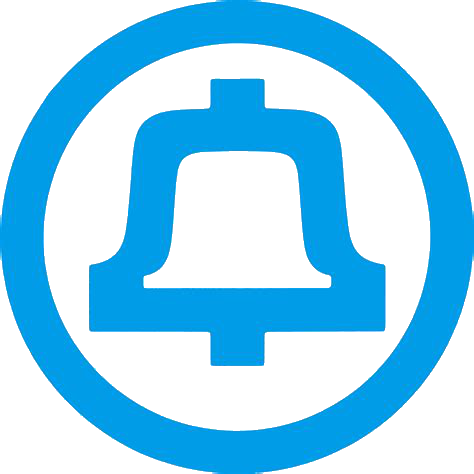Ringing machine
A ringing machine is a motor generator set that was used by telephone companies to create the current needed to ring the bells in subscriber's telephones (referred to as machine ringing), and to create the call progress tones that a subscriber might hear while making a call. These sounds usually include dial tone, ringback tone (known as audible ringing) or busy tone.
Origins
The origins of the ringing machine date back to hand cranked magnetos used in early subscriber sets and switchboards. In the late 1800s, larger offices with available power sources made use of motor powered generators to supply ringing current for their switchboards and subscribers. These earliest machines did not produce call progress tones, since progress was usually announced by the operator who was facilitating the call. By the early 20th century, some machines were supplied with attachments that generated audible tones, as well as machine ringing.
P-Type Machines
By the 1910s, full service ringing machines of the P-type were common in AT&T offices. These machines were powered by AC or DC motors, and included a ringing generator, several tone generators, and interrupters that created the proper cadence from the output of the machines.
